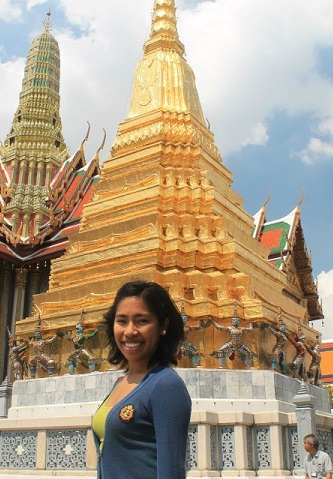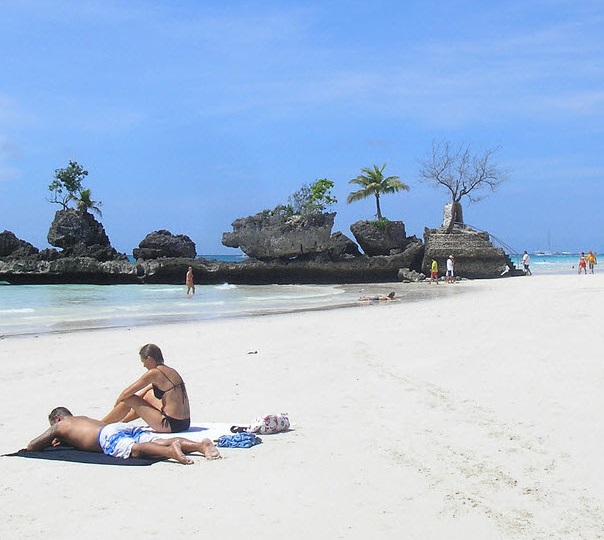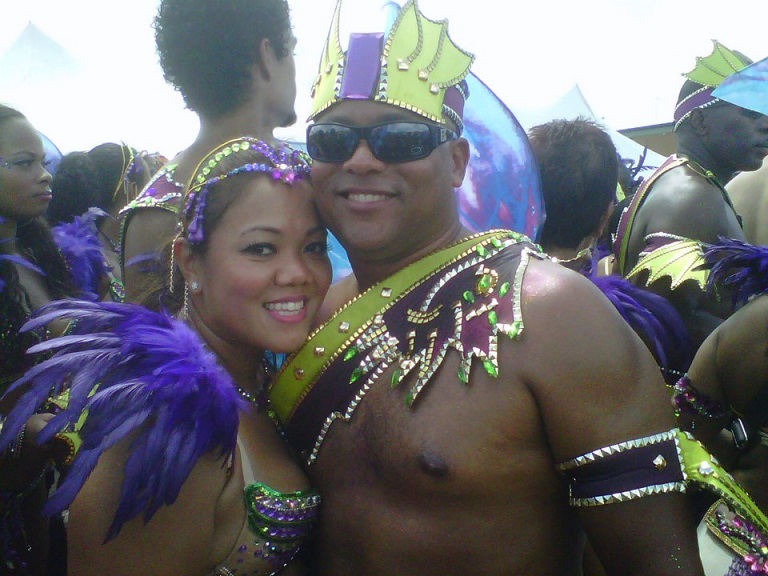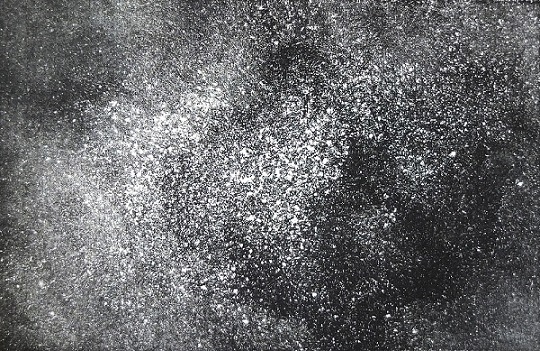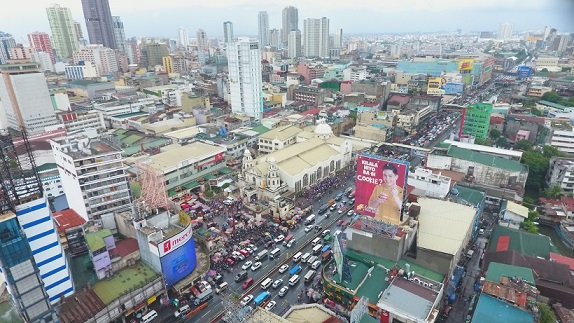Quiapo

International tax accountants licensed to practice in the Philippines

For FREE immigration consultation, CLICK HERE. Use Code: THE FILAM
Quiapo is the historic core of the City of Manila dating to Spanish colonial times in the 18th through 20th centuries. Originally, the residential quarters of the Manila elite, what used to be grand mansions are now decaying homes of low-income families. The area is also evolving due to an influx of Muslims from the southern part of the country, creating tensions between Christian and Muslim residents of the area. Preservation efforts, including establishing a Quiapo Museum, are underway through Bakás Pilipinas, in collaboration with organizations, such as iDiscover, San Sebastian Basilica Conservation and Development Foundation, KKB, and TraLuLu.
Bakas Pilipinas, a New-York based non-profit organization dedicated to the preservation of the built heritage of the Philippines, welcomes donations for the Quiapo Museum and its other projects, through their website: www.bakaspilipinas.org
Below are images of a beloved district where history intersects with reality. Quiapo is where a political massacre made headlines in the 1970s. It has been a pilgrimage site — a procession every January where menfolk battle to get as close as possible to the kneeling Black Nazarene — and a place for atonement.
(C) The FilAm 2018
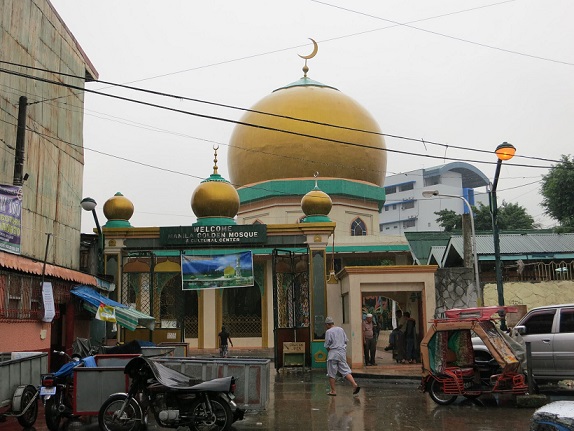
The Golden Mosque is the center of religious life for the many Muslim residents of Quiapo. Photo by Roz Li
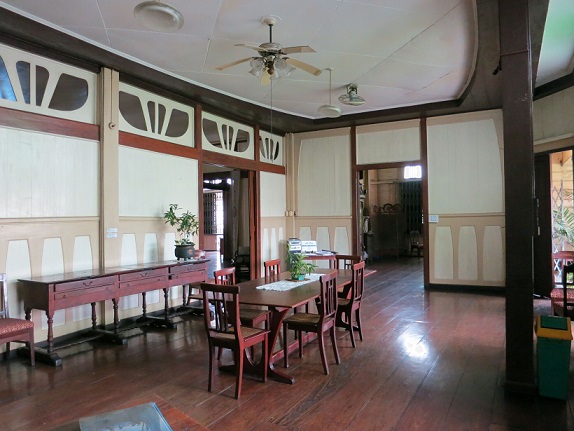
Bahay Nakpil-Bautista was built in 1914 for Dr. Ariston Bautista and his wife Perona Nakpil. This architecturally significant heritage house is designed with a local interpretation of the Viennese Secessionist style in Europe. It is maintained as a house museum and is open to visitors. Photo by Roz Li
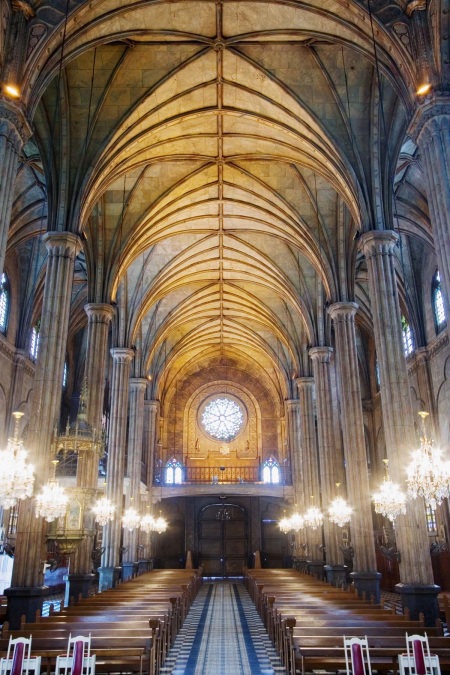
San Sebastian Basilica, built in 1891, is one of the very few all-metal church structures in the world. Its interior is painted to look like stone. Photo by San Sebastian Basilica Conservation and Development Foundation


